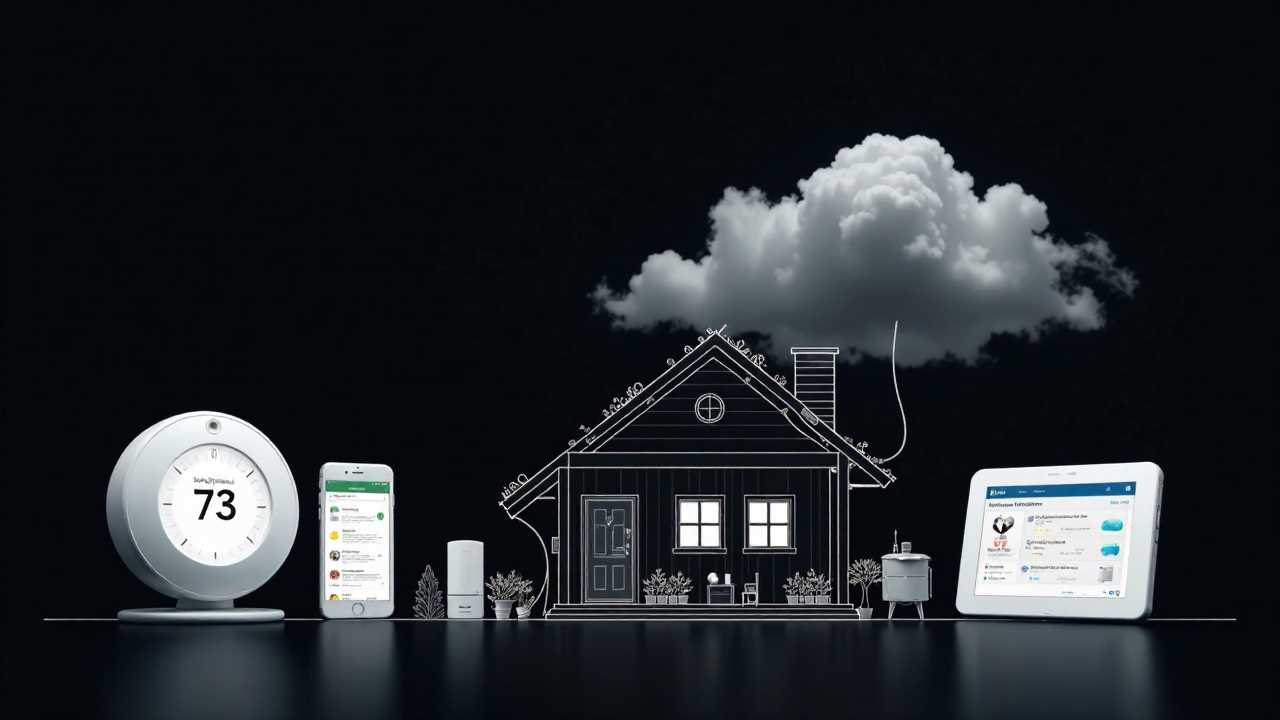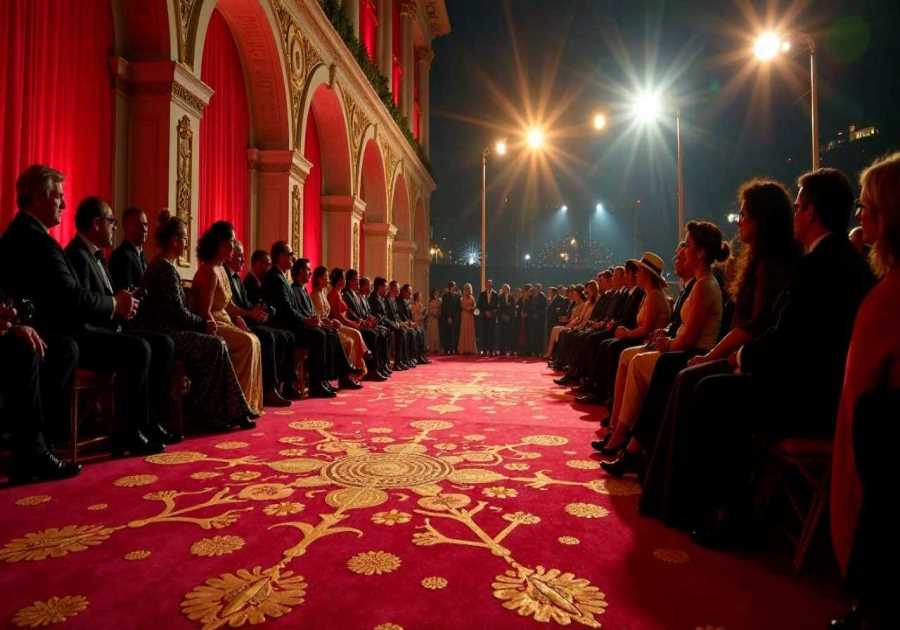
Article Summary
The Rise of Tiny House Living
In recent years, tiny house living has gained significant traction as individuals and families seek to simplify their lives and reduce their environmental footprint. This movement aligns perfectly with the principles of minimalism, where the focus is on living with less while maximizing the quality of life. By adopting tiny house smart home technology, we can enhance our living experience, making it more efficient, sustainable, and connected.
Understanding Tiny House Smart Home Technology
Tiny house smart home technology encompasses a range of devices and systems designed to automate and optimize various aspects of home living. These technologies not only improve convenience but also contribute to sustainability and efficiency. From smart thermostats to automated lighting systems, the integration of technology into tiny homes allows residents to manage their energy consumption effectively, reducing waste and lowering utility bills.
Minimalism and Smart Technology: A Perfect Match
The philosophy of minimalism advocates for simplicity and intentional living. In a tiny house, every square foot counts, making it essential to choose technology that serves multiple purposes. Smart home devices can help achieve this by providing functionalities that enhance daily life without cluttering the space. For instance, a multi-functional smart speaker can control lighting, play music, and manage home security, all while taking up minimal space.
Automation: Streamlining Daily Tasks
Automation is a key component of tiny house smart home technology. By automating routine tasks, we can save time and energy, allowing us to focus on what truly matters. Smart home systems can be programmed to adjust heating and cooling based on occupancy, ensuring that energy is not wasted when the home is unoccupied. Automated blinds can open and close based on the time of day, maximizing natural light and reducing the need for artificial lighting.
Sustainability: Building a Greener Future
Sustainability is at the heart of the tiny house movement. By utilizing smart home technology, we can further our commitment to eco-friendly living. Smart appliances, such as energy-efficient refrigerators and washing machines, consume less power and water, contributing to a reduced environmental impact. Additionally, solar panels can be integrated into tiny homes, allowing residents to harness renewable energy and decrease reliance on fossil fuels.
Efficiency: Making the Most of Limited Space
In a tiny house, efficiency is paramount. Smart home technology can help maximize the functionality of limited space. For example, smart storage solutions can be implemented to keep belongings organized and easily accessible. Smart lighting systems can be programmed to create different atmospheres, transforming a small area for various activities, from relaxation to entertaining guests.
Mobility: The Freedom of Tiny Living
One of the most appealing aspects of tiny house living is mobility. Many tiny homes are designed to be portable, allowing residents to travel and explore while enjoying the comforts of home. Smart home technology can enhance this mobility by providing remote access and control. Homeowners can monitor their energy usage, security systems, and environmental conditions from anywhere, ensuring peace of mind while on the road.
Connectivity: Staying Connected in a Tiny World
Connectivity is essential in today’s digital age, even for those who choose to live in tiny homes. Smart home technology facilitates seamless communication and integration with various devices. High-speed internet access can be established through mobile hotspots or satellite connections, enabling residents to work remotely, stream entertainment, and stay connected with loved ones. Smart home hubs can centralize control of all devices, making it easy to manage everything from lighting to security with a single app.
The Future of Tiny House Living
As we continue to embrace the principles of minimalism, automation, sustainability, efficiency, mobility, and connectivity, the future of tiny house living looks promising. Tiny house smart home technology not only enhances the living experience but also aligns with our values of reducing waste and living intentionally. By integrating these technologies into our homes, we can create a harmonious balance between modern conveniences and a simpler, more fulfilling lifestyle. The journey toward a sustainable and efficient future starts with the choices we make today in our tiny homes.






